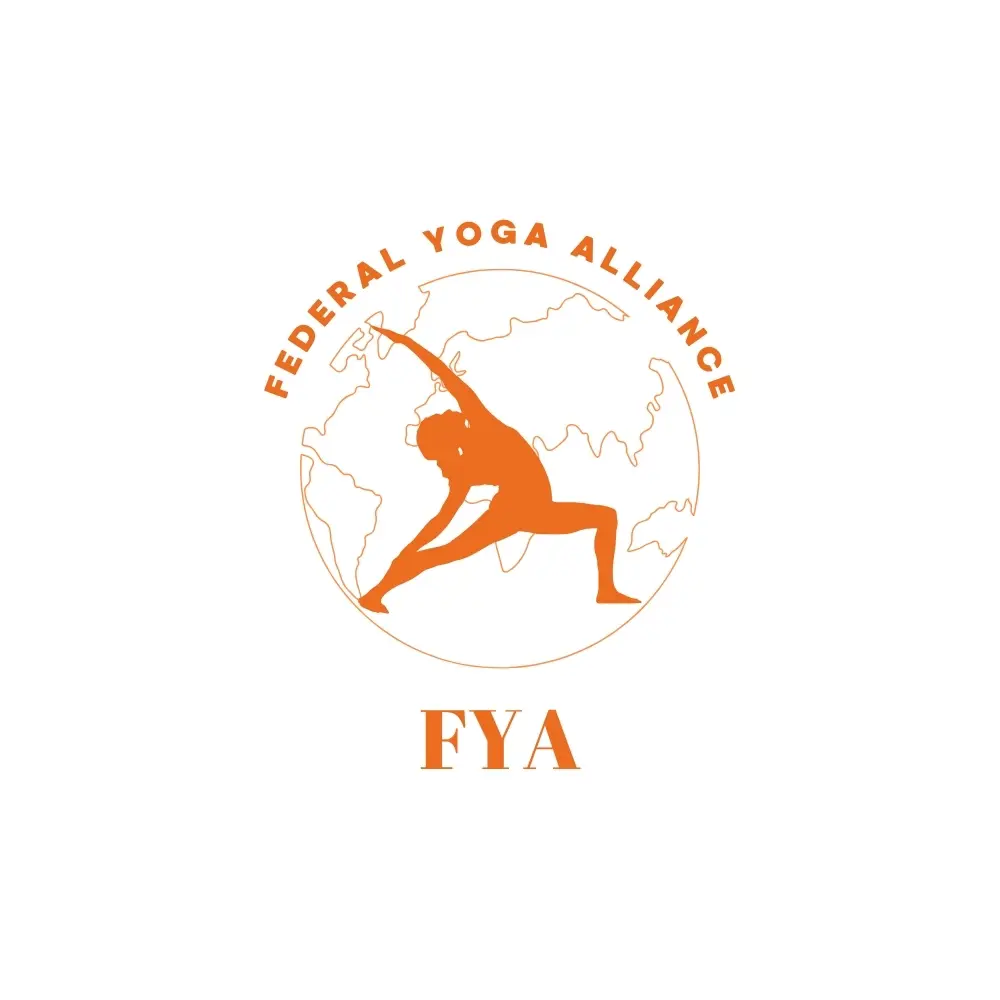BIOGRAPHY OF ALICE YOGA ROMA SCHOOL
In 2011, Alice Paradisi began training practitioners in Ayurvedic massage through a structured three-level course. Initially, she awarded national diplomas in collaboration with CSAIn. In 2023, she established a new partnership with the sports promotion body Libertas, enabling her students to obtain a nationally recognized diploma, a technical ID, registry enrollment, and professional insurance.
In 2025, Alice Yoga Roma affiliated with the Federal Yoga Alliance, allowing the school to issue internationally recognized diplomas through an organization that values both Yoga and Ayurveda.
This deep interconnection between the two disciplines defines Alice Paradisi’s school and her two-decade-long career. In 2017, she opened her studio, “Alice Yoga Roma,” located near St. Peter’s Square. The center offers not only training programs but also group and private lessons, as well as Ayurvedic treatments.
In 2020, the school launched its 250-hour Hatha Yoga teacher training program, becoming affiliated with Yoga Alliance International Italy Division. The course, titled “Hatha Yoga and Principles of Ayurveda,” reflects Alice Paradisi’s philosophy. Over the years, she has trained dozens of students who have become certified teachers. Many graduates have chosen to further their studies in Ayurveda, particularly in Ayurvedic massage, while others from the Ayurvedic field have transitioned into yoga training.
This aligns with Alice’s long-held belief: one cannot teach Yoga without understanding Ayurveda, just as one cannot become an Ayurvedic massage practitioner without practicing Yoga, particularly Hatha Yoga.
The teacher training program consists of 250 hours distributed over 25 monthly sessions, each lasting a full weekend. The curriculum also includes fundamental principles of Atma Abhyangam (Ayurvedic self-massage), as Alice strongly believes that future yoga teachers should adhere to Dinacharya (the daily routine) and the Shatkarmas (the six purification techniques of Hatha Yoga).
From the fourth session onwards, each student will lead their peers through a sequence, followed by feedback from classmates and corrections from the instructor.
To complete the program, students must pass a written exam, including multiple-choice and open-ended questions on theory. Additionally, each participant must present their own practical teaching sequence.
